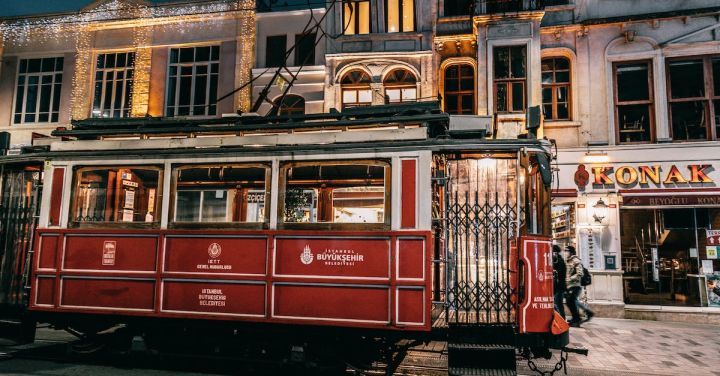In a world of fast-paced technologies and modern transportation, it is easy to forget the silent giants that once ruled the railways. Historic trains, with their majestic appearances and rich history, are a testament to the ingenuity and craftsmanship of a bygone era. Preserving these magnificent machines is not only a way to honor our past but also a means of keeping alive the stories they carry.
Historic trains are more than just modes of transportation; they are time capsules that transport us back to a different era. From the elegant steam engines of the 19th century to the sleek diesel locomotives of the mid-20th century, each train tells a unique story of innovation and progress. The preservation of these trains allows us to experience the sights, sounds, and even smells of a bygone era, offering a glimpse into the past that textbooks cannot provide.
Preserving historic trains is no easy task. These behemoths require meticulous restoration and maintenance to ensure they remain operational for future generations to enjoy. From the careful cleaning of each component to the precise calibration of the engines, every step in the preservation process requires a skilled hand and a deep understanding of the train’s mechanical intricacies. It is a labor of love that requires patience, dedication, and a commitment to preserving history.
But why should we bother preserving these silent giants? Some may argue that they are relics of the past, no longer relevant in our modern world. However, historic trains hold an important place in our collective memory. They are symbols of progress and human achievement, reminding us of the ingenuity and hard work that went into building the railways that shaped our world. Preserving these trains allows us to connect with our heritage and understand the challenges and triumphs of those who came before us.
Moreover, historic trains have a unique ability to captivate and inspire. For many, the sight of a fully restored steam locomotive chugging down the tracks evokes a sense of wonder and awe. These trains are living pieces of history, and their presence can ignite a passion for the past in even the most disinterested observer. By preserving these trains, we are not only safeguarding our history but also fostering a love for it in future generations.
Preservation efforts also provide opportunities for education and tourism. Museums and heritage railways that house and operate historic trains serve as living classrooms, offering visitors a chance to learn about the history of rail transportation and experience it firsthand. These institutions not only preserve the trains themselves but also the knowledge and skills required to operate and maintain them. Through guided tours, workshops, and interactive exhibits, they pass on this knowledge to the next generation, ensuring that the legacy of historic trains continues to thrive.
In a world obsessed with the future, it is important to remember our past. Historic trains, with their timeless beauty and historical significance, remind us of our roots and the progress we have made as a society. By preserving these silent giants, we not only honor the achievements of our ancestors but also inspire future generations to dream big and reach for the stars. So let us celebrate these magnificent machines, for they are more than just trains – they are a testament to the indomitable spirit of human ingenuity.
